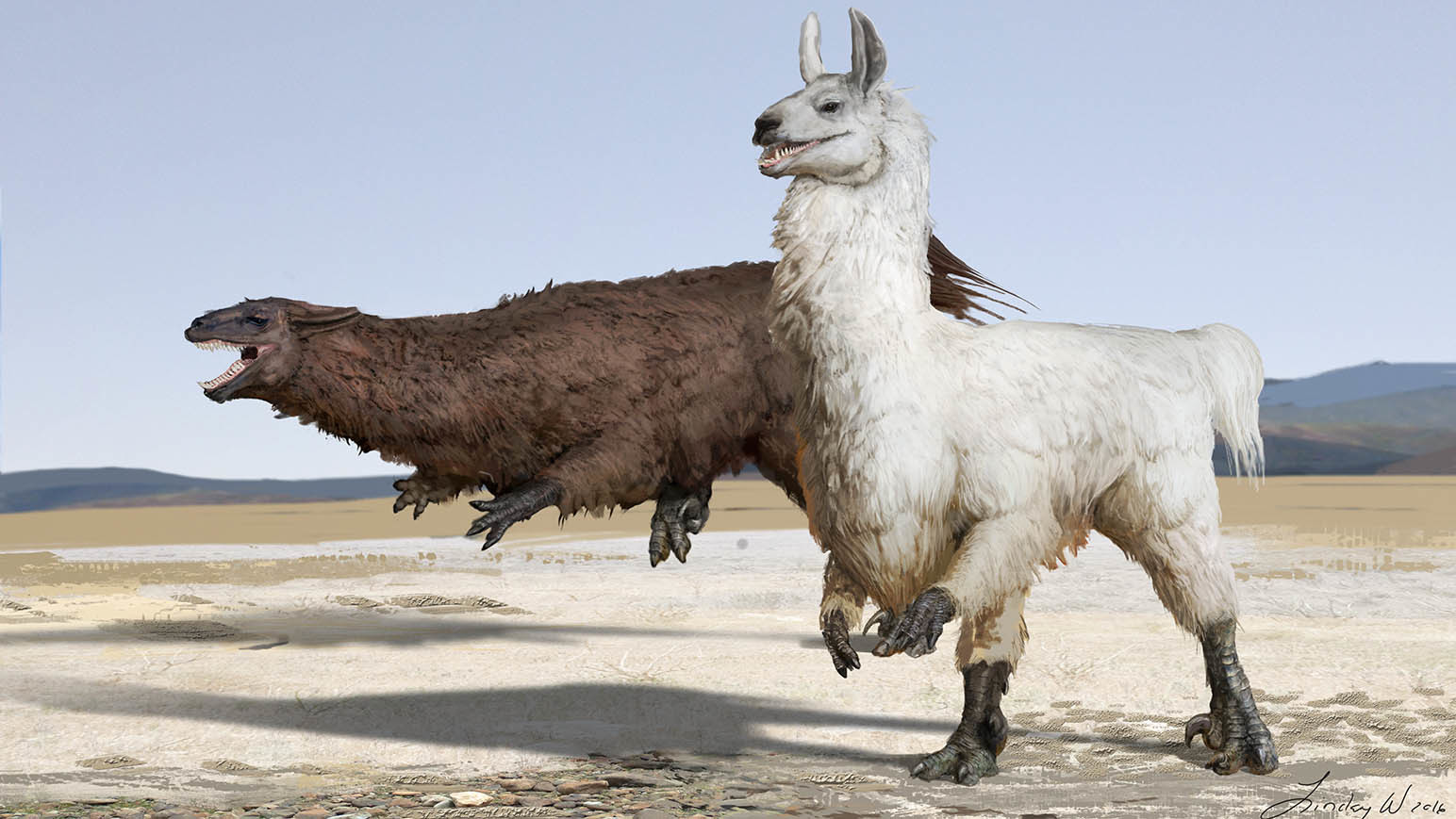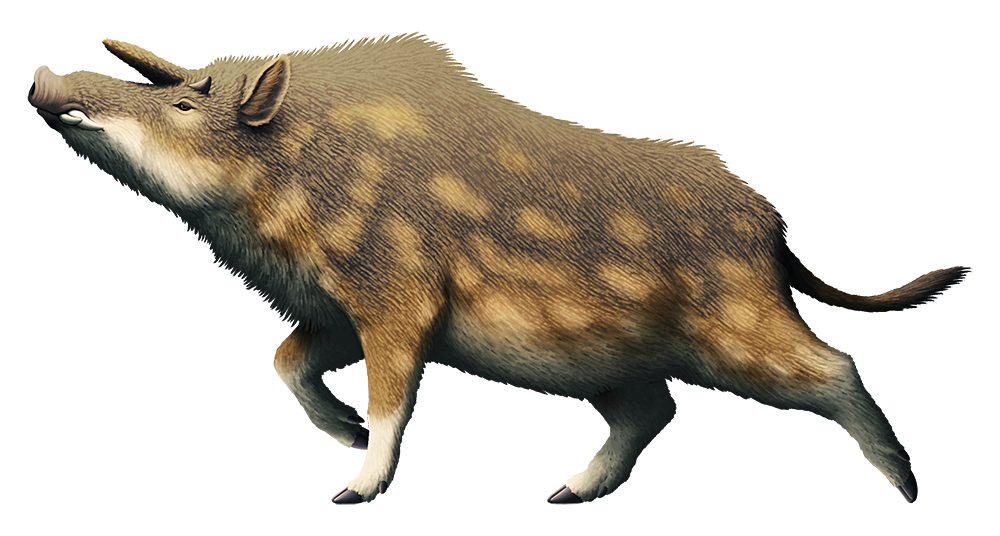
"Greater Cockatrice"
Full Name: Basilisk cocatris majoris (Greater Cockatrice)
Nicknames: "Cockatrice"; "Basilisk"; "Chicken-Dragon"; "Chragon"; "Murder Chicken"; "Hell's Chicken"
Biomes: Mountainous Regions
Creature Notes: If you hear an alpha male Cockatrice announcing the morning sun with its booming call, then it's best that you run for cover! An elusive yet revered creature, the Greater Cockatrice is a ferocious beast having the body of a wyvern and the head of a rooster. While they are not the largest wyverns - standing at 5 meters tall at the shoulder, with a length of 15 meters, and an overall wingspan of 12 meters - they have been reported to be notoriously aggressive. They are infamous for chasing or eying their aggressor for miles, making sure that they won't be coming back anytime soon. Some have reported that a Cockatrice's gaze as being so intimidating that it often leads to its victims being frozen in fear.
Male Cockatrice roosters sport a large red wattle used for display and to attract mates. Each individual also has tiny needle-like teeth within their mouthes, with yellowish-tan neck feathers, and dark cyan feathers upon the rest of their bodies and bat-like wings. Their tails are long yet featherless, with a ball of needle-like spines at the tip. And like all raptors, Cockatrices also have a sickle-shaped claw on their feet that allowed them to slash and tear at their prey's flesh.
A Cockatrice's territory is enormous, with estimations capping in of ranges in between 3 - 5 miles per individual. Thus it's not often you would see one of these magnificent beasts, let alone two of them outside of breeding pairs. Many natives had reported seeing grand fights between two individuals (mostly males), possibly over territory or food. At least 1 Cockatrice has been seen dwelling in the northern mountains just a few miles from Hillhaven.
As their name implies, Greater Cockatrice are only one of a few species of Cockatrice, although they are considered to be the largest. The
Lesser Cockatrice (Basilisk cocatris minoris) have been reported in the southern regions of Astraia, being far smaller then their Greater cousins, as well as more commonly distributed, and are often found residing in swamps and wetland environments.
















